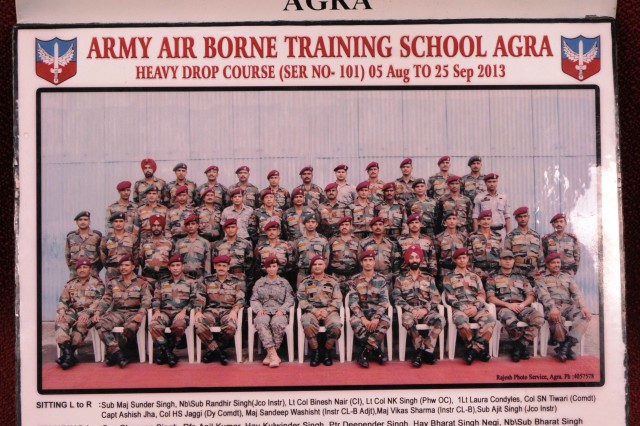- Joined
- Aug 13, 2016
- Messages
- 2,076
- Likes
- 4,006
I shall add a bit more meat to what my esteemed friend @rkhanna saidI fail to understand the role of PBG and SPG to protect the President.
The PBG or the Erstwhile GGBG is akin to the British Horse Guards such as the Blues and royals
to understand the achronism that is the PBG you have to understand who the british treated India in the wider world viwe of the empire
when all other colonies of the empire was called as such India had a status of an empire within an empire and was given all the pomp and cricumstance of one you have to also see that the Indian Political systen mirrors the westminister system so much that the Indian presidents office was just a replacement of the King's throne
actually, there were 3 more such units namely the GBG - Bombay, GBG-Calcutta, GBG-Madras all of which was disbanded in 1947 except the GGBG or the present day PBG
the SPG was a direct outcome of the Indra Gandhi assassination and is not part of the president's ring but is dedicated to protecting the PM and other MP's and their Immediate families









